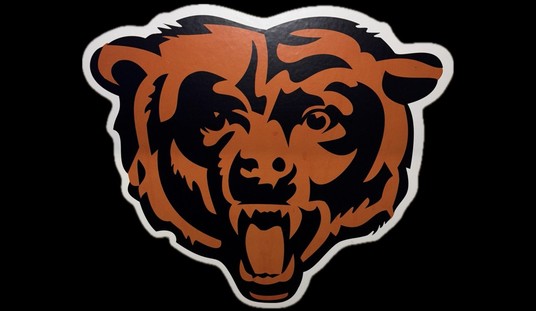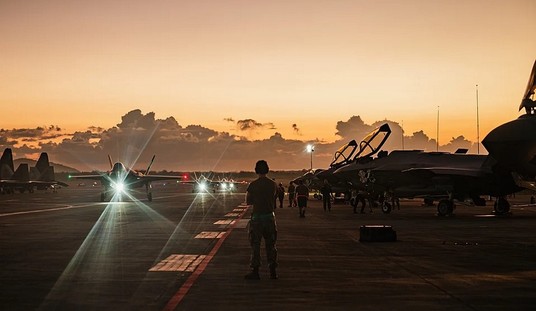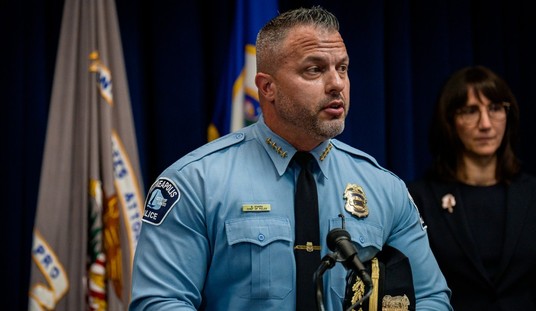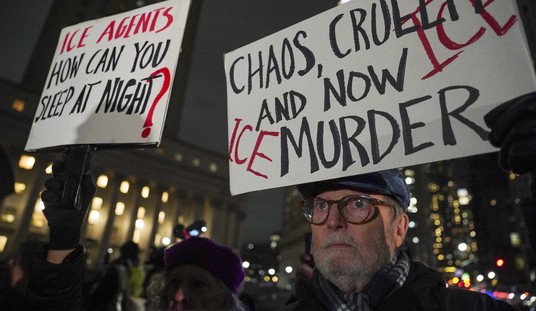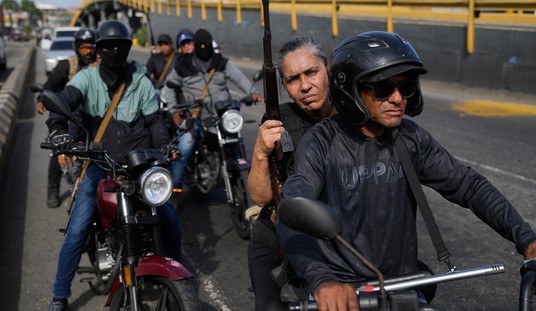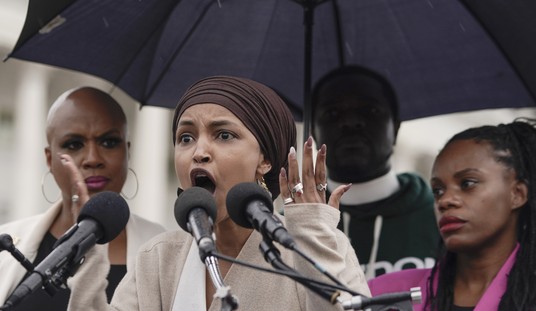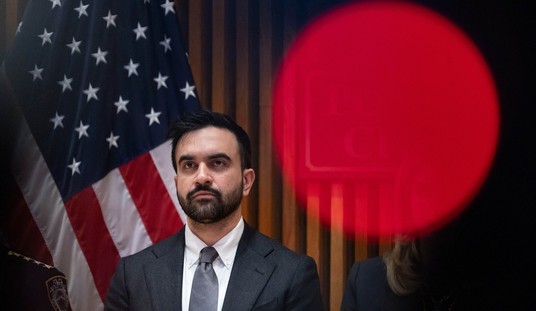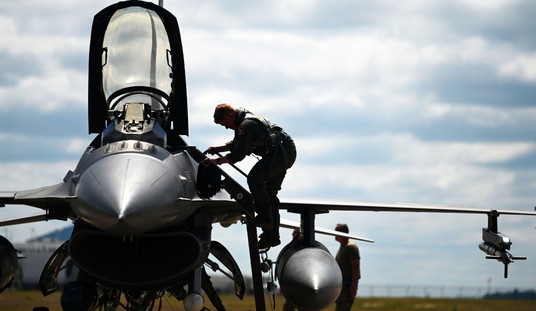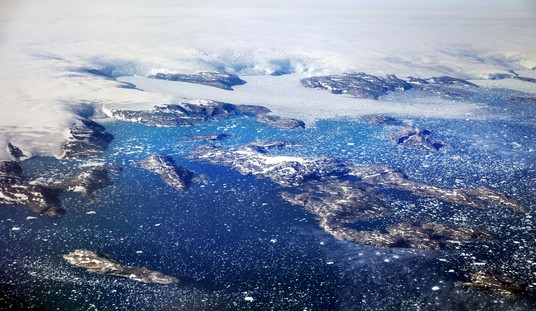History is replete with almost-happened events, and the United States is no exception. We broke away from the British Empire in a bloody revolution, then in 1812 were drawn back into a second war with Britain. Things have been mostly peaceful between the UK and the USA since then.
But in 1853, the United States was very nearly drawn into another war with the British Empire. The cause of this almost-war? A hungry pig.
It all started with an ambiguous border between the USA and Canada, in what we now call the state of Washington.
When the United States of America, as a shiny new nation, was eager to establish its ‘new world order’ this, predictably, ruffled a few of the older, more established nations’ feathers.
First, they demanded Canada. Britain, predictably, declined, and the US, perhaps realising they had come into negotiations a little gung ho, instead settled to agree on where the northern border would reach. These various negotiations over US and British territory went on for some time, until 1846 in fact, when the Oregon Treaty attempted to literally draw a line in the sand between the territory of the two nations. The hotly contested territory was the Gulf of Georgia, a strait between British Columbia and Vancouver Island; it was decided that the divide would lie:
“along the 49th parallel of north latitude to the middle of the channel which separates the continent from Vancouver Island, and thence southerly through the middle of the said channel, and of the Strait of Juan de Fuca, to the Pacific Ocean.”
All these technical terms seemed pretty exact, but what those present had failed to notice was that a little cluster of islands lay around the bottom of the gulf; there were TWO passages through them, and the terms didn’t indicate where the divide should lie. To add to the confusion, the maps available of the region weren’t really up to scratch, and both nations left the negotiations with very different ideas of where exactly this boundary lay.
That's a problem. This wasn't the first time an ambiguous border had caused trouble between two nations, nor would it be the last. But this one involved a few famous names out of American and British history: The Hudson Bay Company, and a young US Army officer, Captain George Pickett. Yes, that George Pickett.
As far as the British were concerned, the islands belonged to them. San Juan island in particular was a great strategic boon, and there was no way the US was going to get its greedy hands on it. Confident that the chips would fall in their favour eventually anyway, the island was leased out to the British Hudson’s Bay Company for the sum of seven shillings a year.
On 15 December 1853 the company transported 1,300 sheep, as well as a few pigs, to the island as the start of a sheep ranch. The whole operation was put under the charge of Charles Griffin, aided by a few Hawaiian herdsmen. Griffin quickly made himself comfortable, setting up a few buildings he dubbed ‘Belle Vue Farm’ and prepared to settle back and enjoy the quiet life.
But then, gold! A gold strike in the area of San Juan Island drew thousands of Americans with gold fever, and some of them set up operations on that island, which the British claimed was theirs. In late 1858, 25 Americans were present on the island, along with Charles Griffin and his few Hawaiian herders. One American, a character named Lyman Cutlar, unilaterally declared San Juan Island to be American territory and proceeded to dig up one of Charles Griffin's sheep pens to plant potatoes.
Enter the hungry pig. It turns out that Cutlar wasn't much good and building fences, and one of Griffin's pigs raided Cutlar's potato patch several times. So Cutlar took action, in a manner that was quintessentially American: He shot the pig.
Griffin demanded compensation for the pig. Cutlar offered $10. That wasn't enough for Mr. Griffin, who claimed the pig was worth at least $100. Now, things may have fizzled out there, had it not been for the arrival of a Hudson Bay Company ship bearing three British big shots.
By pure good, or bad, luck (depending on your outlook), a Hudson’s Bay Company vessel carrying three people who considered themselves very important drew into the island that afternoon.
These three men, Alexander Dallas, Dr William Tolmie and Donald Fraser, were all in charge of various factions of the company’s land and Griffin was all too eager to let them know about the incident with the pig. The men rode to Cutlar’s house immediately and confronted him four on one. When asked how he would possibly do such a thing, Cutlar replied that the pig was ‘worthless’.
Things escalated from there. Captain Pickett arrived with 66 American troops to stare down the British. With his typical bombast, Captain Pickett told his men, "We'll make a Bunker Hill out of it." He called for reinforcements, and they arrived. By August 1859, 461 American troops with 14 field guns were facing a British fleet of five warships with 70 guns. The odds were in the British forces' favor, but they had strict orders, as did the Americans, not to shoot first. So, American troops and British ships faced each other, neither side firing a shot, for 12 years. Captain Pickett, of course, went back east in 1860 to later learn dubious fame in a certain charge. Then, in 1872, a deal was struck on the border, and the San Juan Pig War came to an end.
Read More: Band of Beavers: That Time America Parachuted Beavers Into Idaho
Nefarious Japanese Shoe Thief Caught on Camera - Authorities Astounded
Wars begin for many reasons. Territory or resources are primary reasons; look at both major theaters of World War 2, for example. War is often armed robbery writ large.
But this is the only almost-war I'm aware of that began over the death of a single pig.



